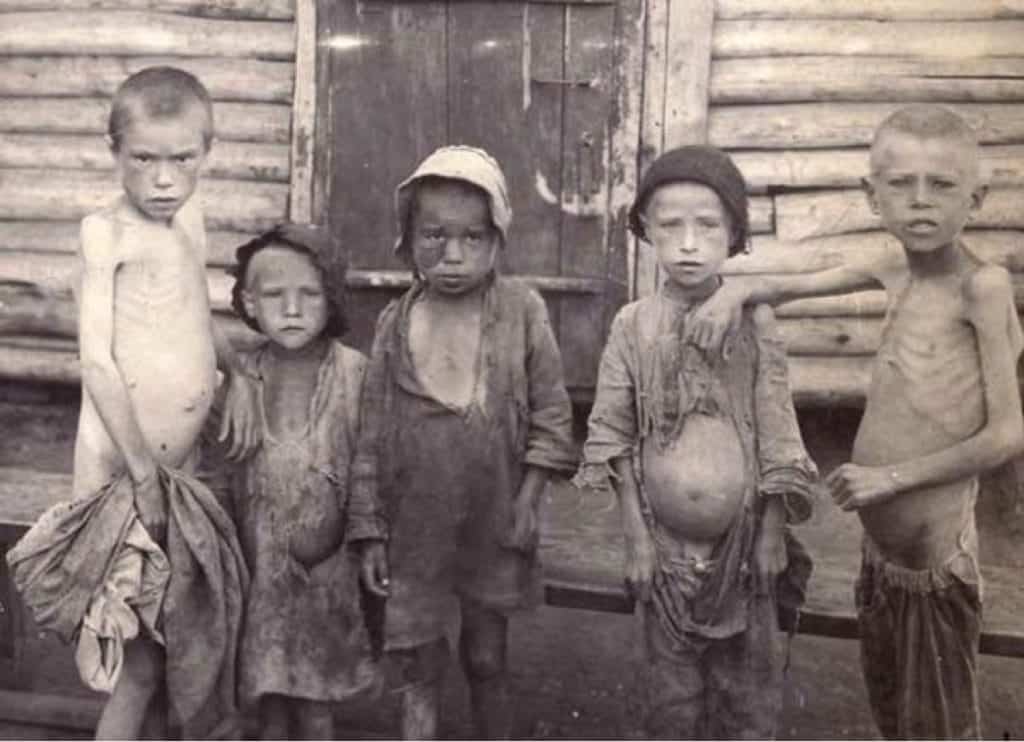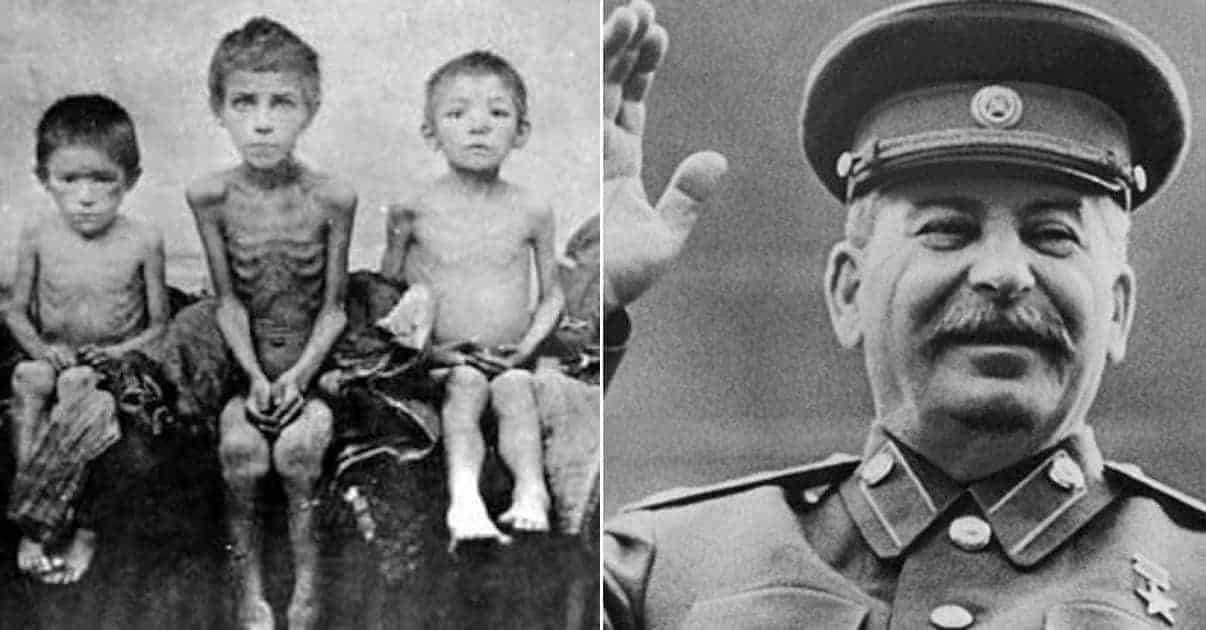In June 1933, a doctor in what is now Ukraine penned a letter to a friend. “I have not yet become a cannibal,” she wrote, “but I am not sure that I shall not be one by the time my letter reaches you.” And if the doctor did become a cannibal by the end of 1933, she wouldn’t be the only one. At the time, the people of Ukraine were suffering through one of the worst famines in recorded history. Known as the Holodomor, or “the murder by starvation,” the famine would claim millions of lives over the space of a few years.
But unlike most famines, the Holodomor may have actually been planned. At the time, Ukraine was part of the Soviet Union, an uneasy union of countries across Eastern Europe and Central Asia, all held together in Josef Stalin‘s iron fist. As in many countries in the Union, there was a strong independence movement in Ukraine that threatened Stalin’s control. According to many historians, Stalin settled on a simple tool to fight this Ukrainian nationalism: hunger. After all, as Soviet diplomat, Maxim Litvinov once said, “Food is a weapon.” And the people of Ukraine were about to learn how devastating a weapon food can be.

Warnings that a famine was possible in Ukraine reached the Soviet leaders by 1930. But the Soviets made little serious effort to prevent it. In the Soviet system, food was taken from the farmers who grew it and redistributed as the party saw fit. Farmers were allowed to keep only a portion of what they worked to produce, and the industrial workers were given rations. As crops failed and food grew scarce, these rations were cut. And through it all, the party’s wagons continued to pull tons of food away from farms and into government depots.
Soon, people began to notice the effects of hunger. As someone begins to starve, their body begins to burn the fat it has stored up for quick energy. Once this fat is gone, the body begins to turn to whatever other nutrients it can find. It starts with burning up the protein in the muscles, which makes it look as though the person starving is wasting away. Eventually, the body has to take protein from the muscles of the heart. Once this happens, the heart begins to grow weaker and eventually fails. Obviously, death by starvation is slow and agonizing.

And within a few months of the start of the famine, hundreds of thousands of people were dying. They wandered through the streets begging for food, but there was none to be had. In the cities, workers were shown films telling them that they were starving because the peasants were hoarding food in an attempt to sabotage the communist revolution. But in the countryside, the same peasants were watching as communist officials carted away what little food they had. And soon, in both the cities and the in the rural areas, the only thing left to eat was each other.

